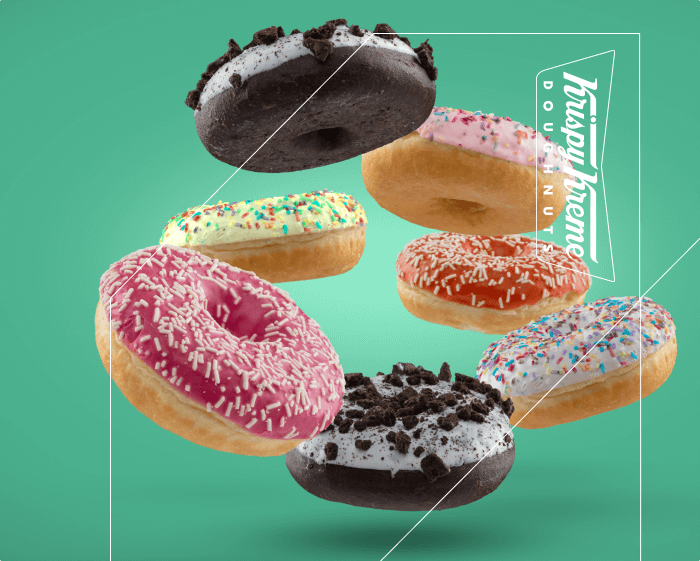Enhancing UX in eCommerce: A Path to Success
Latest news / 8 May 2023


User Experience (UX) plays a pivotal role in the success of eCommerce websites. With increasing competition in the digital landscape, providing a seamless and enjoyable user experience is essential to attract and retain customers. This article explores critical elements to consider when designing and optimising UX for eCommerce, ultimately leading to increased customer satisfaction and business growth.
Understanding Your Target Audience
Before diving into the design process, understanding your target audience’s needs and preferences is crucial. Conducting user research and creating user personas helps gain insights into their behaviour, motivations, and pain points. By empathising with your customers, you can tailor your website’s UX to meet their expectations, improving engagement and conversions. Additionally, usability tests allow you to gather valuable feedback and make data-driven improvements to enhance the overall user experience.
Case Study: Designing Krispy Kreme’s Joyful UX

Krispy Kreme partnered with Balance to design a commerce platform that delivers deliciously joyful customer experiences across Australia and New Zealand. Read the complete case study to learn more about how Balance helped Krispy Kreme achieve D2C commerce success, starting with a significant UX project to understand their target audience better. View Case Study
Navigation and Site Structure
Straightforward and intuitive navigation is fundamental to a seamless user experience. Visitors should be able to easily find what they’re looking for without feeling overwhelmed. Implementing a well-structured navigation menu that logically organises products into categories and subcategories enhances discoverability. Moreover, incorporating search functionality and filters empowers users to narrow their search and find products efficiently, reducing frustration and increasing satisfaction.
Responsive Design and Mobile Optimisation
Mobile devices have become an integral part of our lives, and eCommerce businesses must adapt to this shift in consumer behaviour. Responsive design ensures your website looks and functions seamlessly across different screen sizes and devices. Mobile optimisation is crucial, as most users browse and shop using smartphones. By providing a mobile-friendly experience, you cater to the needs of your on-the-go customers and eliminate any barriers that may hinder their purchase journey.
Case Study: How BlackMilk are transforming commerce with PWA

Explore the remarkable journey of BlackMilk as they partnered with Balance to revolutionise their user UX through a Progressive Web App (PWA) solution. With the challenge of handling high-traffic demands while delivering standout UX, BlackMilk’s quest for innovation has yielded impressive results. View Case Study
Visual Design and Branding
Visual design and branding play a significant role in shaping the user experience. Consistent branding elements, such as logos, colours, and typography, establish a sense of familiarity and trust. Clever use of imagery, such as high-quality product photos and lifestyle shots, can evoke emotions and create desire. However, aesthetics should include usability and readability. Striking the right Balance between visual appeal and functionality is vital for an effective eCommerce UX.
Product Presentation and Detail Pages
Product presentation and detail pages are the heart of any eCommerce website. High-quality product images with multiple views allow customers to visualise the item accurately. Comprehensive product descriptions, including specifications and key features, provide the necessary information to make informed purchase decisions. Including customer reviews and ratings adds social proof, boosting confidence in the product and brand.
Streamlined Checkout Process
One of the critical stages in the user journey is the checkout process. A lengthy and complicated checkout can lead to cart abandonment. Streamlining the process by minimising the required steps, offering guest checkout options, and providing clear progress indicators can significantly improve the conversion rate. Transparent pricing, shipping, and return policies instil trust and eliminate surprises, creating a frictionless customer experience.
Trust and Security
In the online era, trust and security are paramount. Displaying trust signals, such as security badges and SSL certificates, assures customers that their sensitive information is protected. Integrating secure payment gateways and encryption technologies reinforce this trust. Clear privacy policies and transparent data protection measures contribute to building a trustworthy relationship with your customers.
Customer Support and Feedback
Exceptional customer support is a cornerstone of a positive user experience. Offering multiple channels for assistance, such as live chat, email, and phone support, allows customers to reach out with their queries or concerns. Implementing a user-friendly contact form and self-service options, such as comprehensive FAQs and knowledge bases, empowers users to find answers independently. Encouraging and responding to customer feedback resolves issues promptly and demonstrates a commitment to continuous improvement.
Continuous Improvement and Testing
UX optimisation is an ongoing process. Analysing user behaviour and tracking data provides valuable insights into areas for improvement. A/B testing different UX elements helps identify the most effective solutions and refine the user experience. Staying informed about emerging UX trends and incorporating user feedback regularly ensures that your eCommerce website remains competitive and user-centric.
Case Study: Total Tools’ UX-Driven Digital Transformation

Delve into the inspiring case study of Total Tools, where a 2-year digital transformation journey fueled by continuous improvement initiatives and UX enhancements propelled their eCommerce sales to new heights. Witness firsthand how prioritising UX revolutionised their online presence. View Case Study
Looking Ahead
Prioritising user experience in eCommerce is not just good practice; it’s a pathway to success. By understanding your target audience, streamlining navigation, implementing responsive design, and paying attention to visual design, product presentation, and the checkout process, you can create a seamless and enjoyable experience for your customers.
Building trust through security measures and exceptional customer support further enhances the overall experience. Continuous improvement through data analysis, testing, and staying abreast of trends ensures that your eCommerce business thrives in a competitive marketplace. By investing in UX, you invest in the satisfaction and loyalty of your customers, ultimately driving business growth.



